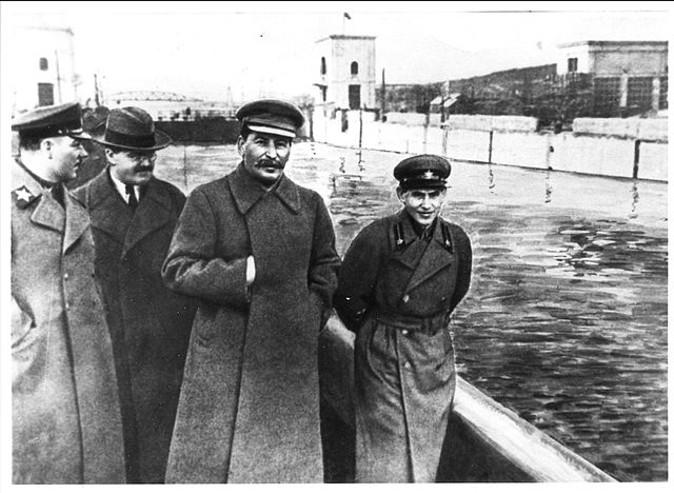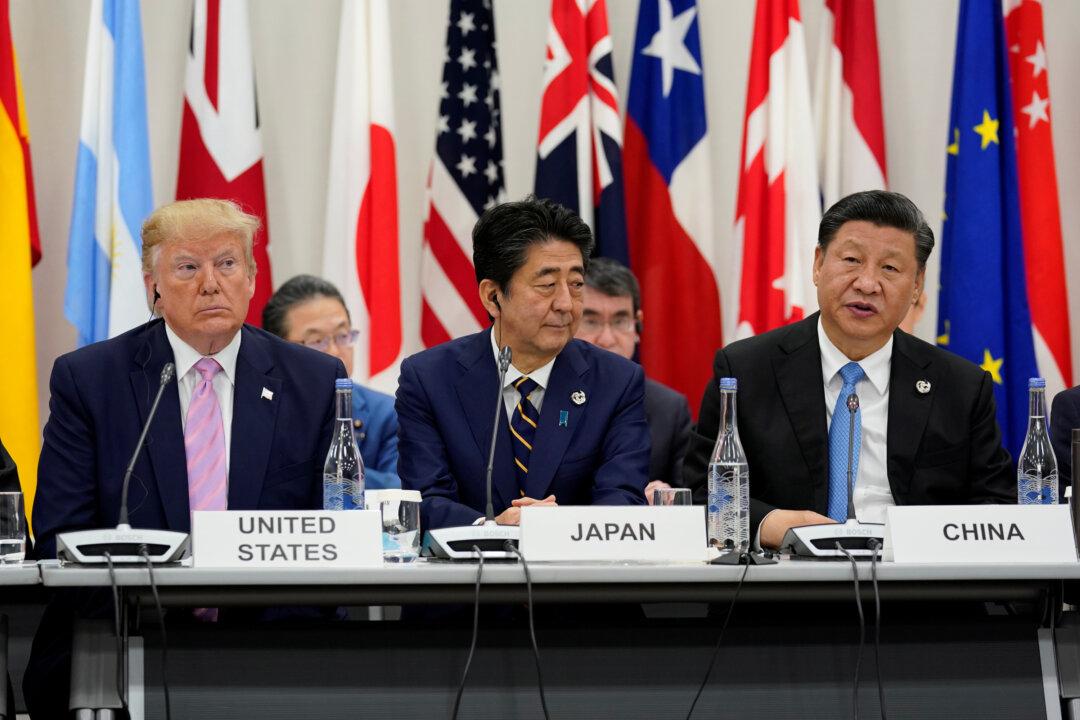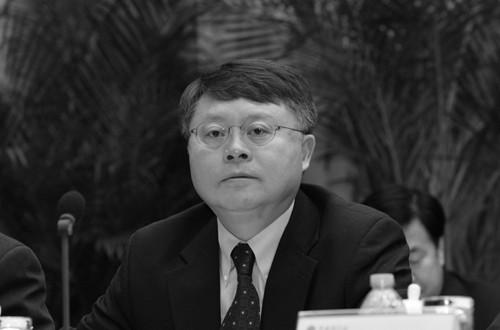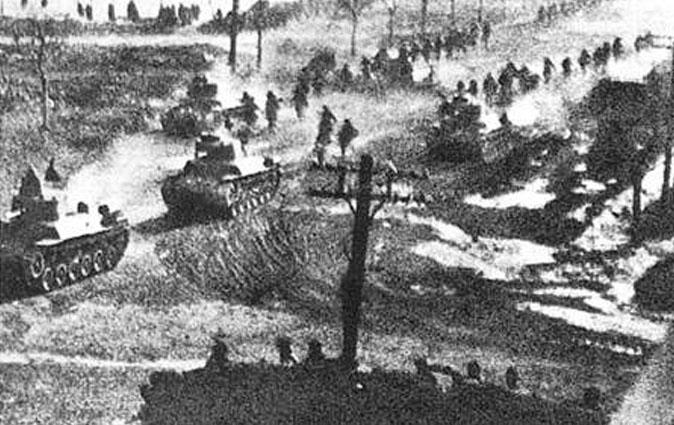The Great Purge, a period of political persecution in Russia initiated by Soviet dictator Joseph Stalin between 1936-1938, is regarded as one of the largest mass killings in human history.
Under the purge, anyone suspected of being an anti-Soviet element was executed or sent to a labor camp, where many died of starvation, overwork, or disease. Stalin did not care if he killed those aligned with his cause, or other innocent lives. Rather he held that innocents must be sacrificed in order to ensure that real enemies were eliminated. “Every communist is a possible hidden enemy. And because it is not easy to recognize the enemy, the goal is achieved even if only 5 percent of those killed are truly enemies,” Stalin proclaimed.




